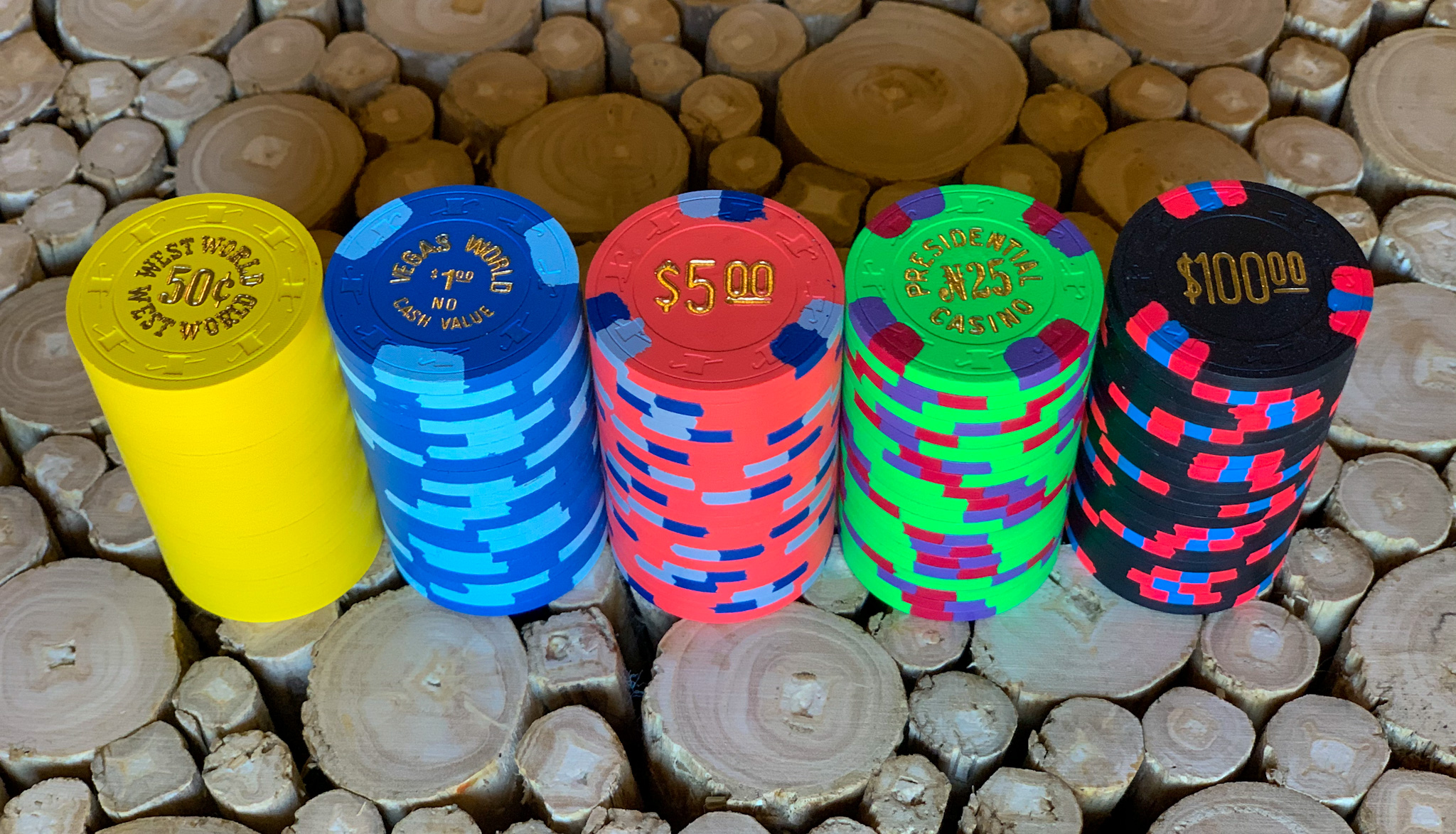Progression is made up (@BGinGA), but we all have different tastes. I'd say everyone has their own eye for what flows best to them.
I personally like simple or no spots to start and getting more complex as you go a long. I could never have an 8v frac, but the sets that do are still cool to me.
If we are just talking about a set that is cohesive (I think this is what I mean by flow in a sense) then I like to use colors from other chips in the set along the way as long as it's not extreme and likely to result in really bad dirty stacks in play.
But there are lots of ways to obtain flow imo
@JeepologyOffroad Out of curiosity what colour is that green?

